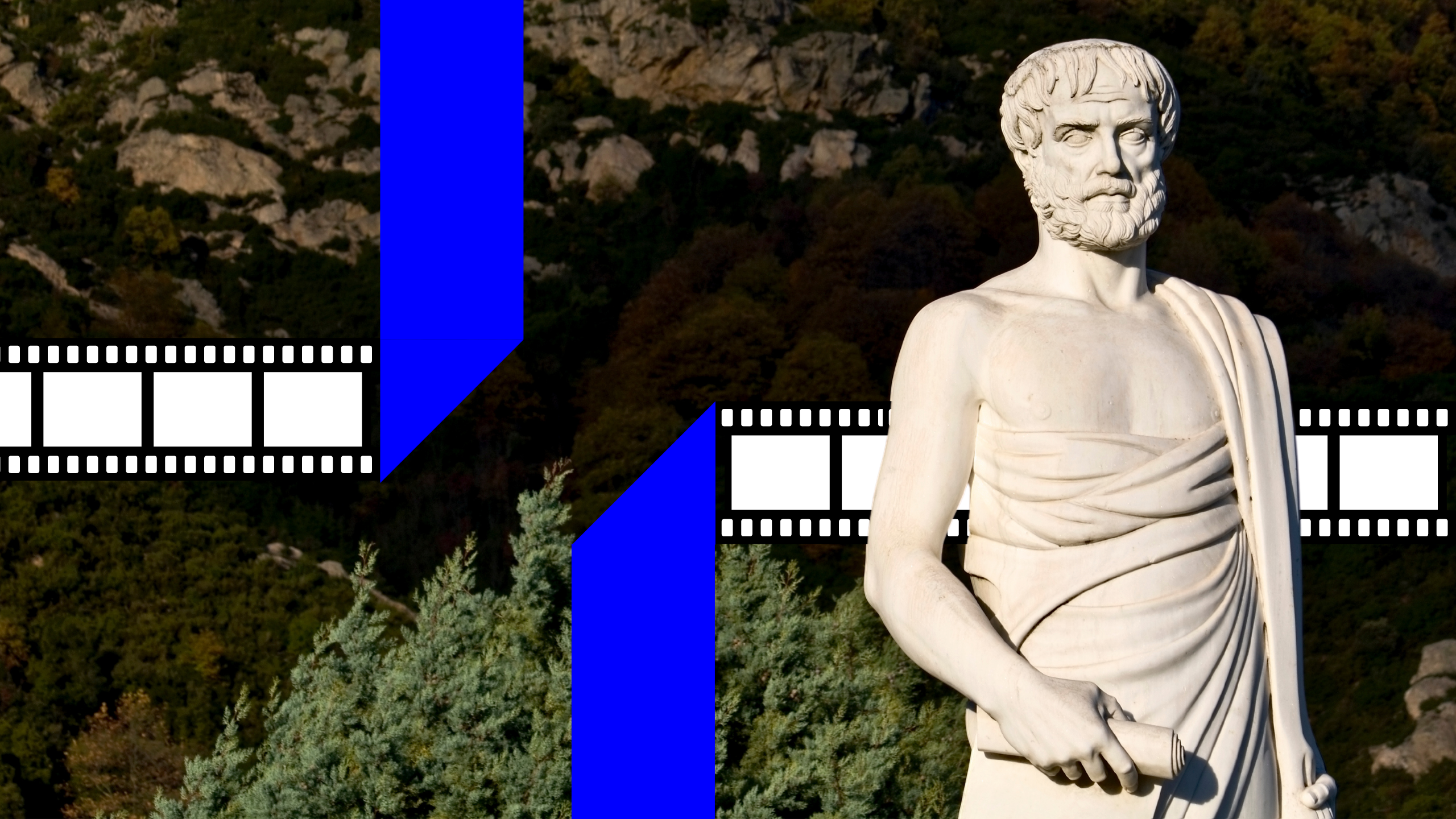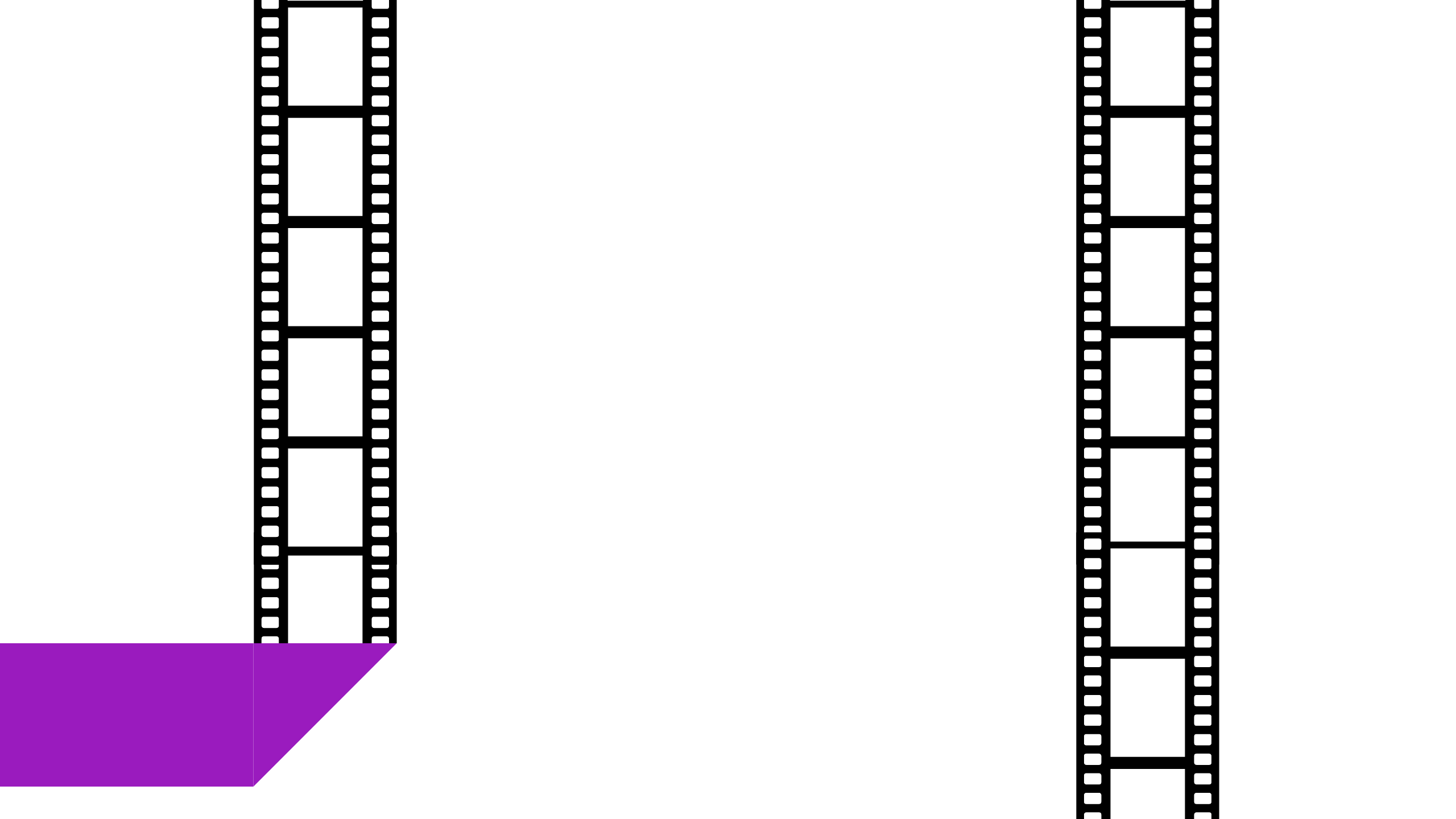Channels of change
Exploring the power and potential of UK
social impact entertainment

What is social impact entertainment (SIE)?
“A tragedy, then, is the imitation of an action that is serious and also, as having magnitude, complete in itself … with incidents arousing pity and fear, wherewith to accomplish its catharsis of such emotions.”
— Aristotle, Poetics
In Poetics, one of the oldest surviving works of dramatic theory, Aristotle explores the link between theatrical performance and the resulting emotional response it provokes.
The philosopher believed that theatre performed an important social function: that through a dramatised imitation of human life, theatre could prompt audiences to experience intense emotions — pity, fear — and in the process, undergo a form of cleansing. (Aristotle’s exact word for this was “catharsis”, a term derived from the Greek verb kathairein, meaning “to cleanse” or “to purify”.)
In the modern era, we’re all familiar with the idea that entertainment media seeks to depict our world — through the documentation of real events or via fiction — and provoke some form of emotional response. Yet the effort to study, understand, and ultimately leverage that response is a comparatively recent trend.
The term social impact entertainment (SIE) broadly refers to entertainment media that aims to drive progressive social change — typically via raising awareness of an issue and then promoting some form of behaviour change on the part of the audience. As of 2022, the term “SIE” is by no means universally accepted, with the exact definition of the label varying between users, as we’ll explore in a moment. TV shows, narrative (fiction) feature films and documentaries are commonly presented as works of SIE, but theatre, virtual reality, digital short form and even video games are among the media that could be considered as viable forms.
Despite this uncertain classification, over the past decade several institutions have published work that attempts to understand SIE as an emergent field of study.
In the United States, where SIE has the greatest academic traction, notable players include The Norman Lear Center at USC Annenberg School for Communication; The Center for Media and Social Impact (CMSI) at American University's School of Communication; and the Skoll Center for Social Impact Entertainment, based at UCLA’s School for Theater, Film and Television.
Defining an emergent space
The semantics of what can and cannot, should and should not be labelled as “SIE” is arguably less interesting than the promise of the space itself: the potential to reach people at scale, shift their perceptions, and then inspire them to take progressive action. Even so, for anyone interested in pursuing such opportunities, it makes sense to examine how others are using the term — not least as these definitions typically shape how they approach SIE in practice.



The SIE Society, founded by a group of influential filmmakers and producers, is an online platform that aims to be a central hub for SIE practitioners. In its “beginners guide” for practitioners, SIE Society distinguishes SIE from several other similar fields.
“This is the classic ‘Hollywood’ approach: Story first, impact second. Usually, a theme or screenplay or individual issue interest is the point of inception; what follows is a fully formed narrative entertainment property. Once completed, an impact campaign is built around the movie/game/TV show etc, with most staff hired on the project coming from the entertainment world.”
In this model, a work of SIE is typified by its primary focus on functioning as a successful slice of entertainment — engaging its audience and then communicating a social impact message once their guard has effectively been lowered.
In contrast, Social Behaviour Change Communications (SBCC) and Communication for Development (C4D) are described by SIE Society as media forms where the impact message is the immediate priority, with entertainment following as a close second: “the strategic use of communication to promote positive health and development outcomes based on proven behavior and social norm theories.” The roots of SBCC, the piece argues, lie in the birth of public health communications in the early 20th century, which have gradually adopted a narrative focus over time.
Finally, SIE Society posits Entertainment Education as a hybrid of SIE and SBCC. Here, again, the impact message is the primary priority, but entertainment considerations are given major focus once this message has been established. SIE Society cites Mexican TV producer Miguel Sabido as a key figure in the pioneering of this format. Sabido’s own theory on how to seed change through TV programming — The Sabido Method — was popularised through several telenovellas in the 1970s and is often cited as a precursor to the modern SIE theories.
In early 2019, the Skoll Center for Social Impact Entertainment published The State of SIE, a 200-page report, produced in conjunction with Participant Media, that set out to “map the landscape” of SIE and collect insights on best practice from more than 50 practitioners in the entertainment space. Despite its expansive focus, The State of SIE avoids settling on a concrete definition of SIE. Instead, the publication attempts to codify the space and provide practical insights by identifying common insights from the 52 practitioners who contributed to the report. In other words, the report attempts to characterise SIE through the lens of effective best practice, rather than through delineation of format.
On this basis, The State of SIE presents five key considerations for future creators of SIE:

Focus on the story
Tell the best story you can to reach your audience.
Know your issue
Understand the real world of your story and determine your intended impact at the start.
Find the best partners
Identify and partner with leading organisations and people working on your issue.
Think about distribution differently
Create a distribution plan that activates all relevant shareholders, stakeholders and communities of action.
Evaluate, learn and share
Assess what you have done and pass on key learnings.

While all of these considerations are interesting and valuable in their own right, it’s the second point — “know your issue” — that underlines the role that intention plays in the creation of SIE. There is an arguable difference between a film/TV show that merely engages with a social impact topic, perhaps including this as part of its narrative, and one that explicitly sets out to spark a change of view or opinion within its eventual audience. Consequently, The State of SIE suggests that SIE is more likely to be effective when its creators set a precise objective for the impact they’re trying to drive — and moreover, that this target is set early on in the process, ideally during pre-production.
For example, while discussing the documentary Before the Flood, director Fisher Stevens explains that he and producer/narrator Leonardo DiCaprio wanted their film to reach and engage young people while avoiding the tendency for people to “tune out” during discussions of climate change. In response, the film directly raises this issue in one of its early moments. DiCaprio’s role as a “tour guide” was also intended to make the film feel more personal, but also less “preachy”. Finally, the film ended with a link to an app that let viewers offset their carbon footprint by helping to fund reforestation campaigns. In this way, the film provided audiences with a tangible way to make an impact, building upon what they had learned.
Similarly, when the makers of Hotel Rwanda were in pre-production, they determined that they wanted to make a film that could “humanise the issue” of the Rwandan genocide — moving beyond education of the events and engaging the empathy of audiences. Upon release, the film was used as part of a fundraising campaign that targeted the then-current genocide in Darfur. The film was also screened twice for President George W Bush in a bid to shift US policy.

SIE in practice
In the United States, the link between intention and eventual social impact has led to several developments in the mainstream entertainment industries. Many of Hollywood’s largest studios, including The Walt Disney Company and Viacom International Studios, now have dedicated teams or even divisions that work to ensure their content delivers socially progressive messages on social topics such as equality, the environment and public health issues.
Individual SIE projects may also employ an impact producer, a dedicated specialist who assumes responsibility for planning and maximising the change created by the film or TV show — typically in the form of a dedicated impact campaign that launches in tandem with the primary work of entertainment. Often, this impact campaign will involve co-operation with NGOs or other change organisations that are already working to drive relevant social progress.
At the top end of the scale, a Hollywood impact campaign can be a major undertaking. In The State of SIE, humanitarian strategist and human rights activist Bonnie Abaunza explains that impact campaigns need a long lead time and should typically be started between four and eight months before the eventual release of the main SIE work.
“This allows the impact producer to see the film far enough in advance to start coordinating effectively, and for NGOs to harness their networks of influencers, press contacts and begin to mobilize their members. Plus it gives you time to define your impact goals and come up with a plan of action for how to achieve them.”
Impact campaigns at this level can be expensive to execute. Abaunza suggests a ballpark cost of US$300,000 to US$500,000 for a campaign accompanying a studio feature film, or US$75,000 to US$150,000 for an indie or documentary film.
Of course, this is very much a Hollywood-centric perspective. In the UK, where production budgets are generally lower across every aspect of the filmmaking process, Abaunza’s suggested costs may sound challenging. Even so, the comparative paucity of UK impact campaigns may have less to do with budgets and more to do with the fact that practice has yet to become widely recognised and adopted. After all, the value of intention — of planning for a specific, eventual impact — is something that any SIE creator can theoretically explore and leverage, regardless of budget.
Furthermore, successful impact campaigns are certainly created and deployed in the UK. In particular, the non-profit organisation Doc Society is a major supporter of impact campaigns for UK documentary filmmakers. In June 2021, Doc Society ran a digital training lab to help 20 impact producers hone their strategy in planning and launching their campaigns.
Doc Society also acts as a convener, uniting filmmakers with NGOs, philanthropists and other helpful partners through its highly successful Good Pitch events, which to date have raised in excess of US$33,000,000 in funding. Doc Society offers further support through The Impact Field Guide — a comprehensive toolkit designed to help documentary filmmakers amplify the impact of their work, which is made freely available on the organisation’s website.
While the UK's SIE landscape may not yet be as developed or as expansive as its equivalent in North America, significant work is already being created and there is undoubtedly great potential for further growth.
It’s this potential that has drawn Nesta to explore SIE for itself. While the SIE space may be as expansive as it is (currently) loosely defined, this breadth echoes the scale of its ability to drive change — and to do so on any number of issues.

